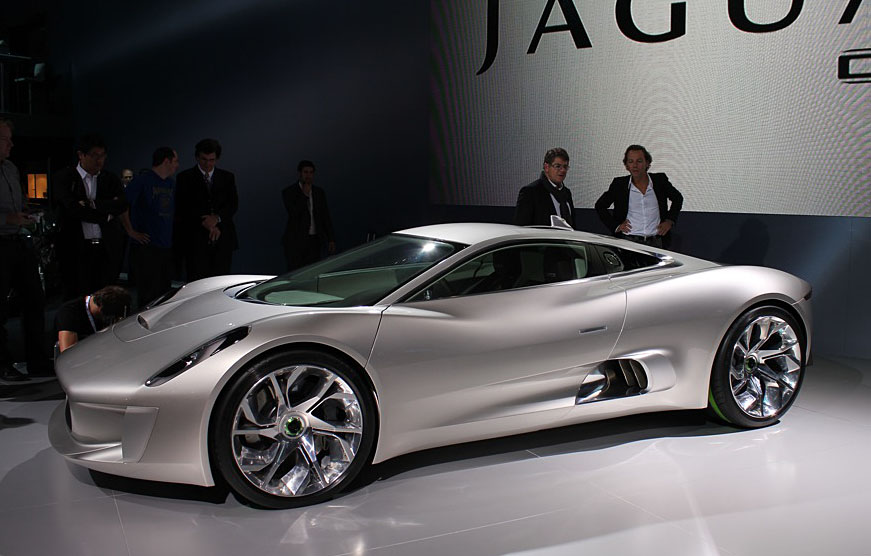We're suckers for new kinds of combustion engines.
Ever since we first saw and wrote about the Cyclone external-combustion engine, we've been intrigued by it. Now we have an automotive angle: Suppose you could power a Chevy Volt-like range-extended electric car on nothing more than used motor oil.
That'd be cool, right? Rather than burning "virgin" gasoline, you could take the effluvia of those old-fashioned gasoline cars and use its energy content to create power that would drive your electric car.

2011 Chevrolet Volt
From waste oil to electric power
This flight of fancy was sparked by an October press release from Cyclone Power. The company, whose engine design is mostly used for stationary applications, has licensed the design to Phoenix Power Group for use as a waste-oil-fueled power generator.
Typically, such electric generators are sold to garages and other establishments that generate their own supplies of old motor oil. But generating electricity could also be useful for electric cars.
(Cyclone has also prototyped a direct-drive version and a lawnmower using its engine. And it's providing an engine to the U.S. Land Steam Record Team for their attempt to break the century-old 148-mph Land Speed Record for steam-powered vehicles.)

Cyclone Engine Mk. V prototype on differential
Continuous external combustion
In brief, the Cyclone Engine is a modern-day steam engine. It burns its fuel continuously in a circular external combustion chamber, generating heat that expands steam to 2000 degrees Fahrenheit, whereupon it turns supercritical--essentially behaving like a liquid--and expands far more than cooler gaseous steam.
That expansion drives a pair of opposed pistons that generate torque through a crankshaft.
Florida marine engineer Harry Schoell, who has a portfolio of patents from a lifetime of inventing, created the Cyclone a decade ago. Through various forms of regenerative heat capture, his engine is far more efficient than internal combustion engine, converting almost half the fuel's energy content into torque.

Cyclone Engine prototype electric generator
Pick any fuel
Best of all, the Cyclone can run on virtually any fuel, from gasoline, diesel, or kerosene to biodiesel and synthetic gas.Among them, of course, is waste motor oil. And because the exhaust stream is fed back into the continuous combustion process, it emits relatively few greenhouse gases or other pollutants.
The Cyclone Engine was deemed the Invention of the Year for 2008 by Popular Science magazine. It also won awards from the Society of Automotive Engineers in 2006 and 2008.
So why is this unusual powerplant at all relevant to automotive use? Because vehicle engineers expect a wide variety of different power sources to emerge as range extenders for future electric vehicles.

Cyclone Engine Mk. V prototype
Multiple types of range extenders
While the 2011 Chevrolet Volt uses a conventional 1.4-liter four-cylinder gasoline engine to power its 55-kilowatt generator, largely because GM had the engine already in production.
With range extenders having to operate at a constant speed, rather than cope with the power transients necessary to accelerate a two-ton vehicle from a stop to 60 mph or more--the battery pack takes care of those--a much larger variety of torque-generating devices can be considered for onboard power generation.

2010 Jaguar C-X75 Concept
Triples and Wankels and turbines, oh my
Lotus, for example, has created a 1.2-liter three-cylinder engine and generator set designed only to generate electric power. It has even been tested in such unlikely vehicles as an experimental range-extended electric Jaguar XJ luxury sports sedan.
Elsewhere, the Audi A1 e-Tron concept uses a tiny Wankel rotary range extender, as has AVL Powertrain Engineering in a demonstration Mini Cooper. And perhaps most unusual, Jaguar's C-X75 concept car uses a pair of axial microturbines to power generators in the stunning supercar unveiled at this year's Paris Motor Show.
[Cyclone Power]













